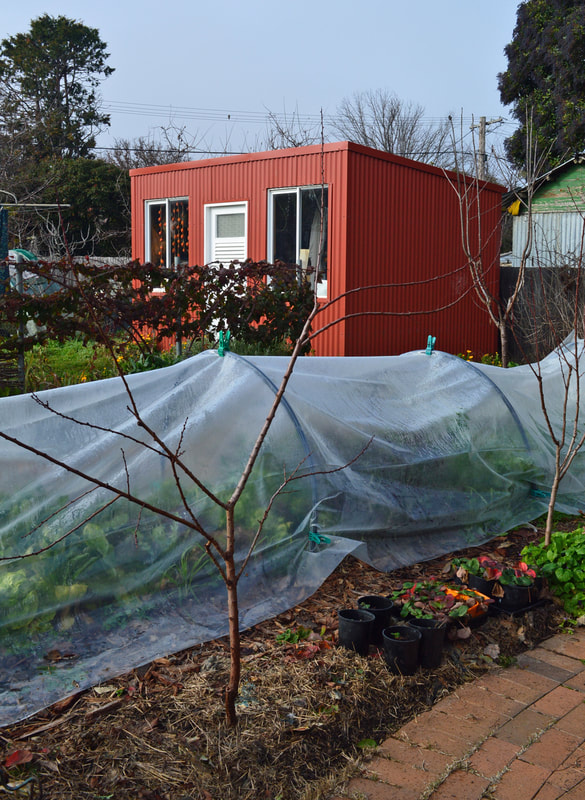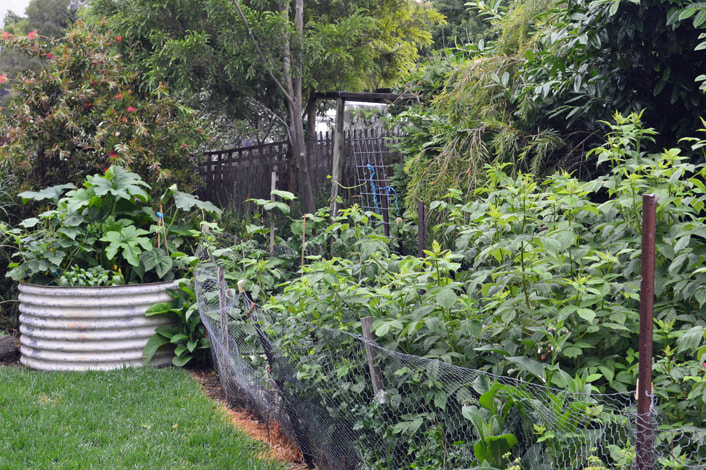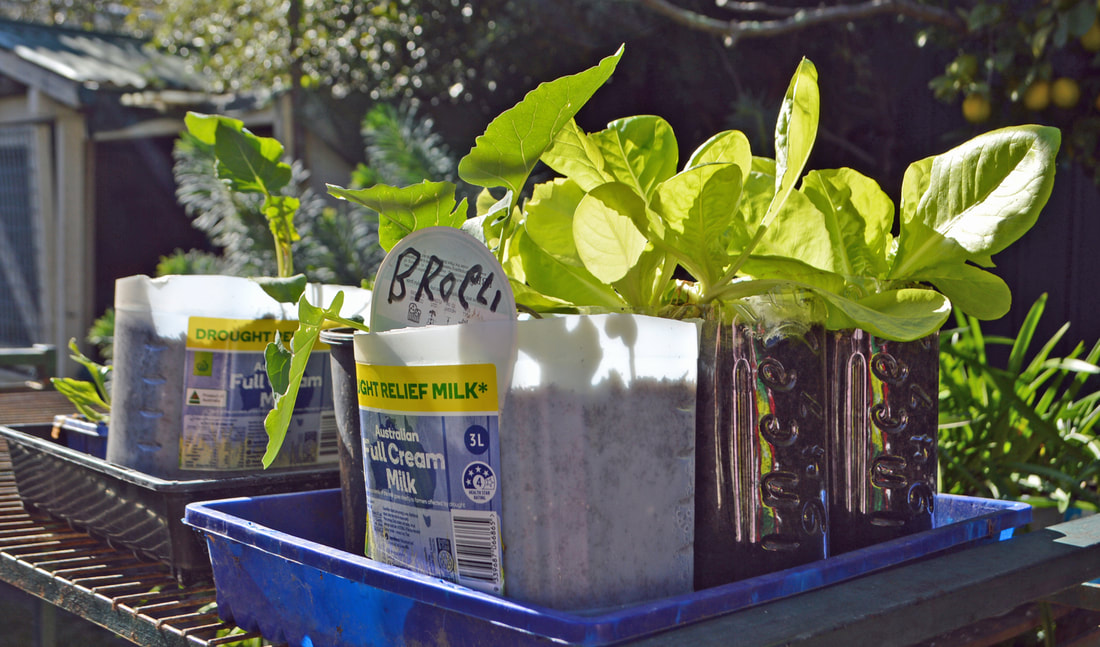|
Veggie Gardening Basics Growing your own veggies is a fun and rewarding pastime, regardless of your green-thumbed prowess or how much space you have. What’s more, homegrown produce is packed full of nutrition and eliminates costly food miles – a big tick for the environment. The following hints will help get you started on your veggie growing adventures: Soil testing Firstly, investigate your soil’s strengths and limitations by carrying out:
Soil cultivation and improvements
Mulch
Fertiliser
Water
Handy Tips
|



